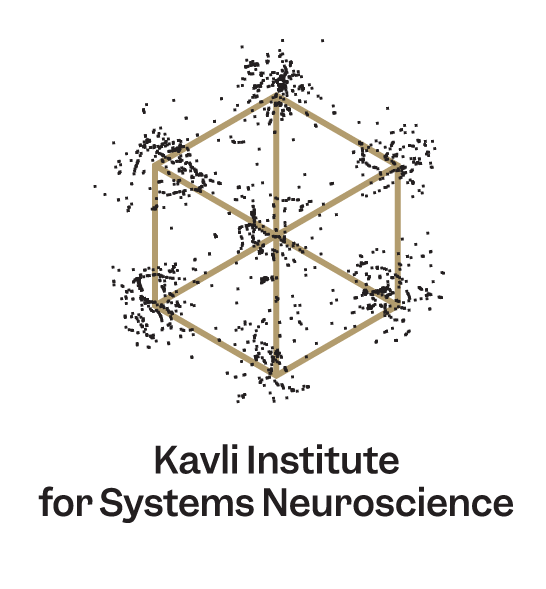WP5- K. G. Jebsen Centre for Alzheimer’s Disease
K.G. Jebsen Centre for Alzheimers Disease
Project 5: Space and time in early-AD patients identified by CSF biomarkers and PET
Background
Three CSF biomarkers have been identified as prognostic hallmarks of AD: (i) CSF Aβ42 is reduced by ~50% in AD patients, (ii) CSF total tau, a measure of neuronal loss, is increased ~2.5 times, and (iii) CSF p-tau, which reflects tangle formation, is increased ~1.9 times. The combination of (i)-(iii) has high diagnostic accuracy. In amyloid and tau PET, the ligands provide information on both amount and distribution of pathology. In addition, genetic studies suggest that innate immune factors predispose for AD. The latter may contribute to early EC vulnerability, as EC plasticity may place high demands on local innate immune cells (microglia) in synaptic homeostasis, phagocytosis and reshaping. In WP4-5 we shall first of all exploit the sensitivity of diagnostic biomarkers to identify very early pathology, and relate it to changes in EC function. Furthermore, we shall use early-identified AD subjects to test the hypothesis that early cognitive decline and dysfunctional MEC-LEC activation are accompanied or predicted by CSF levels of synapse-derived proteins such as neurogranin and BACE1, as well as microglial activation markers, expressed in CSF by Trem2. Finally, we shall test the hypothesis that levels of microglial activation are related to innate immune-related genetic predisposition.
Objectives and methods
Early-AD candidates and healthy controls will be characterized by clinical and neuropsychological assessment, CSF analyses, APOE genotyping, and structural MRI. Subjects will receive neuropsychological memory assessment and be tested on allocentric spatial memory in a 4-mountains test as well as new in-house tests based on WP1-2 (see WP4). The joint contribution of 7T MRI, CSF analyses of biochemical markers, and flutemetamol MRI-PET, will guide selection of early-AD candidates. Tests will explore novel biomarkers (reelin, CSF neurogranin, BACE1, Trem2) for synaptic and inflammatory changes and relate these to dysfunctional MEC-LEC activation patterns in fMRI as well as scores on spatial-temporal tests.

Volunteer in clinical studies?
Please contact us by sending an email to tronderbrain@stolav.no
WP Researchers
-
Tora Bonnevie Associate Professor / Researcher
tora.bonnevie@ntnu.no Department of Neuromedicine and Movement Science -
Tormod Fladby Professor II, UiO
-
Gøril Rolfseng Grøntvedt Associate Professor
goril.r.grontvedt@ntnu.no Department of Neuromedicine and Movement Science -
Moritz Jäckels Ph.D. candidate
moritz.jackels@ntnu.no Department of Neuromedicine and Movement Science -
Sigrid Botne Sando
+4799041809 +4772575085 sigrid.b.sando@ntnu.no -
Katja Scheffler Associate Professor
katja.scheffler@ntnu.no Department of Neuromedicine and Movement Science





